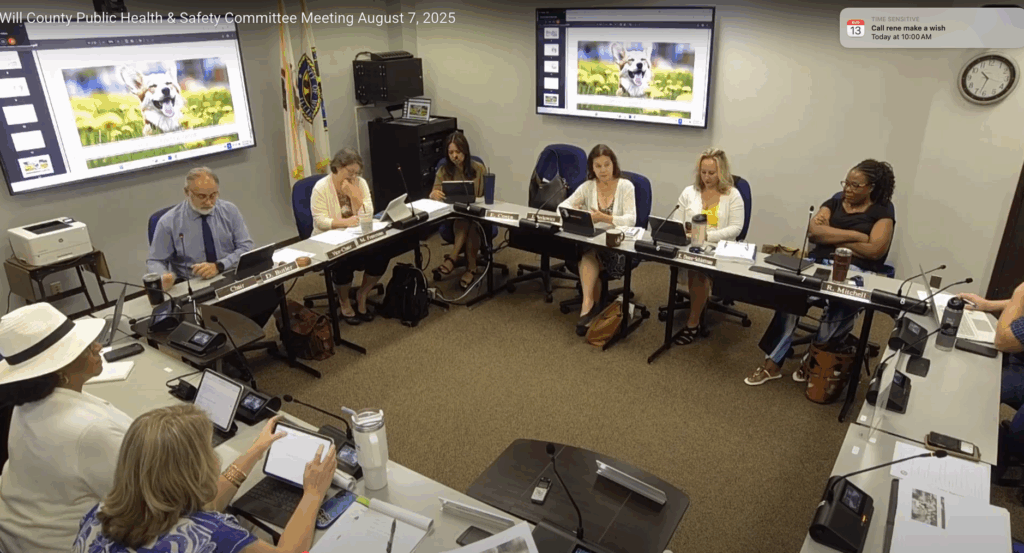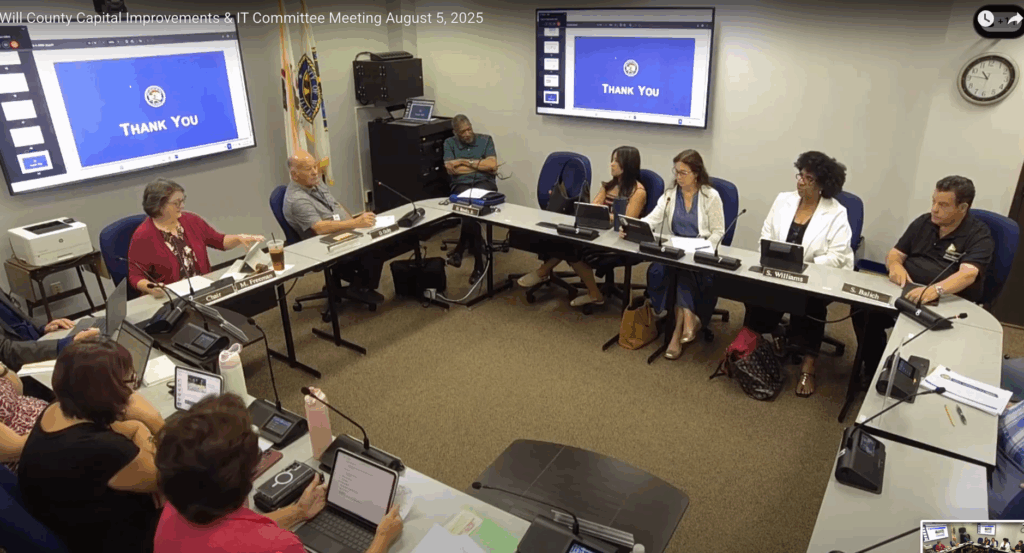
Report: Barriers to social mobility largely manmade
Authors of a new report on social mobility across the 50 states said that barriers to social mobility are largely “man-made” and can be solved by policy reforms including changes to taxes, regulations, education and more.
President and CEO Gonzalo Schwarz of the nonpartisan independent public policy think tank Archbridge Institute as well as co-author of its newest report told The Center Square: “Most of the barriers [to social mobility] we’re identifying are connected to measurable policy reforms that states and policymakers can address.”
These reforms include “reducing occupational licensing, cutting local regulations, improving business taxation environments, increasing educational freedom, and other specific policies that have tangible implications,” Schwarz said.
“We should strive to remove as many barriers as possible so that people have more opportunities to flourish,” Schwarz said.
Likewise, another author of the report as well as chief economist at the Archbridge Institute Justin Callais told The Center Square that “barriers to mobility are large[ly] man-made, meaning they can be solved quite simply by removing them.”
“For example, housing regulations make the American Dream of owning a home more difficult today,” Callais said. “Taxes and regulations on businesses impact entrepreneurs, but also make employment opportunities more difficult, and create higher prices for goods and services for everyday consumers.”
“Restrictions on school choice lock children into schools in their district, which leads to a wide divergence in the quality of education being received,” Callais said.
The Archbridge Institute’s report categorizes barriers to social mobility by those that are externally imposed or “artificial” and those that are personal hindrances or “natural.”
Artificial barriers in childhood are listed as education quality, minimum wage, and marriage penalties hindering family formation while artificial barriers in adulthood include occupational licensing, regulation, taxes, rule of law, and lack of affordable housing.
Natural barriers in childhood include out of wedlock births, lack of parental engagement, lack of unsupervised play time, while artificial adulthood barriers include soft skills development, incarceration rates, addiction, and lack of strong community.
Schwarz told The Center Square that “there is a research blind spot as to what makes one place more economically mobile than another, and what are main barriers and leading indicators of mobility.”
Archbridge’s report “seeks to highlight the more positive-sum narrative of social mobility, as opposed to the more zero-sum narrative of inequality,” Schwarz said.
“The barriers we’re identifying and the conversation we want people to have is how we can remove more barriers for everyone to have more chances, which is a more hopeful narrative than one that seeks to frame the conversation as needing to bring someone down so that someone else can go up,” Schwarz said.
Schwarz said that the report additionally “seeks to highlight which state has the best environment for social mobility.”
According to the report, Utah ranks as the top state for social mobility with the greatest score of 6.44, while Louisiana ranks last as the state with the lowest social mobility at a score of 3.07.
Callais told The Center Square that “the report reveals that mobility is bipartisan.”
“Among the top 10 ranking states, there are predominantly red (Utah, Wyoming, Idaho) and blue (Vermont, Minnesota) states,” Callais said. “A similar trend exists for the bottom 10 (Republican states like Louisiana and Mississippi, Democratic states like New York and New Jersey).”
Interestingly, at number 36 and with a score of 4.36, Florida only ranks a little above California, which is in spot number 40 with a score of 4.16.
Callais told The Center Square that “the report reveals the holistic nature of mobility: Regulations, taxes, and entrepreneurship matter, but so does family engagement, judicial systems, charity, and education.”
“There is great work on measuring income mobility, but the obvious next step is figuring out why individuals and families can more easily achieve mobility in some states compared to others,” Callais said.
Removing barriers to social mobility “will make the American Dream more attainable for this generation and future ones,” Callais said.
According to the Archbridge Institute’s report, social mobility is “the opportunity to better oneself and those around them.” It can refer to “a person’s ability to climb the income ladder and outearn the previous generation,” and is also concerned with “achievement, aspirations, purpose, and skills development.”
Latest News Stories

Everyday Economics: CPI takes center stage as tariff-driven price pressures mount

Net negative migration is harmful to the economy, economists say
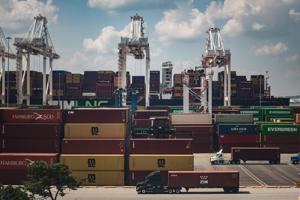
Details pending on billions in foreign investments coming from trade deals

Will County Health Department Seeks $1 Million to Avert ‘Drastic’ Service Cuts from Expiring Grants
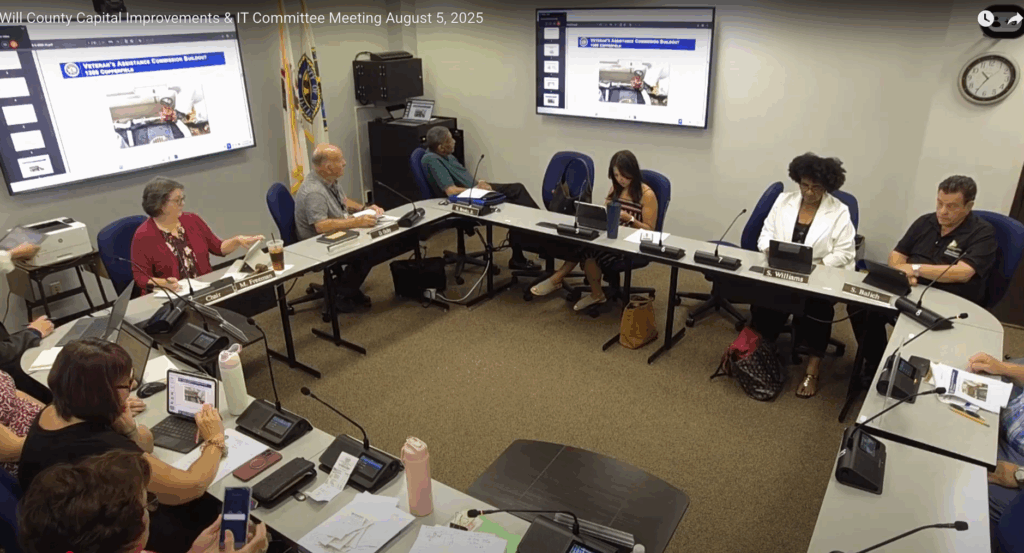
Will County’s “First-in-Nation” Veterans Center to House Workforce Services, Sparking Debate

Improved Vendor Service Creates $1.2 Million Shortfall in Sheriff’s Medical Budget
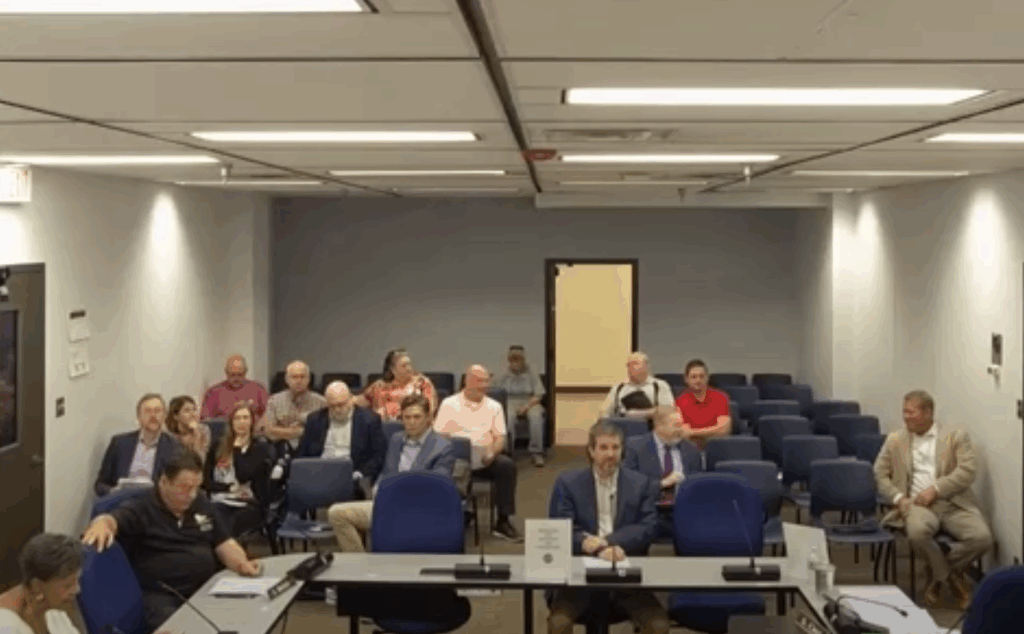
Will County Public Works Committee Unveils 25-Year Transportation Plan, Projects $258 Million Gap
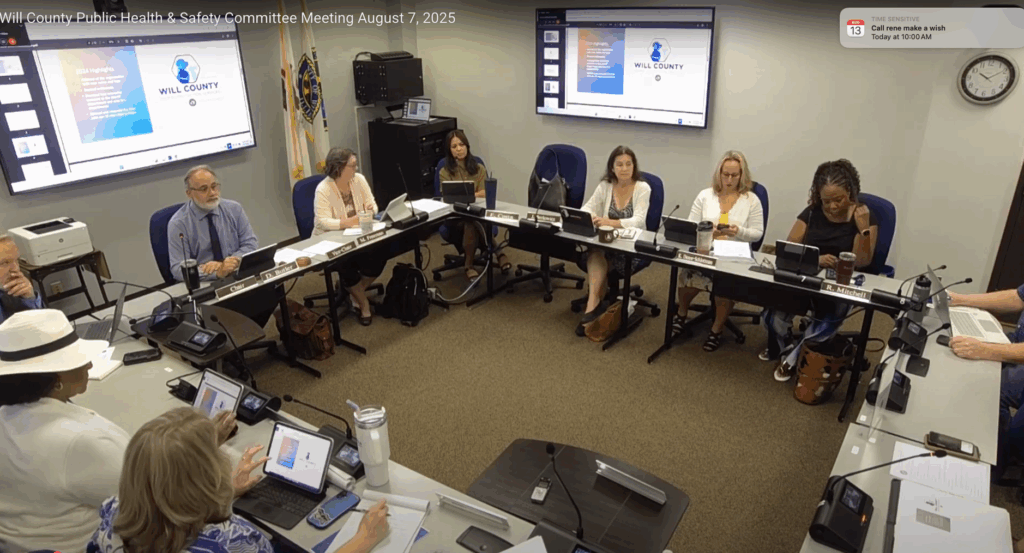
Will County Animal Protection Services Seeks New Facility Amid “Gaping Wound” of Space Crisis
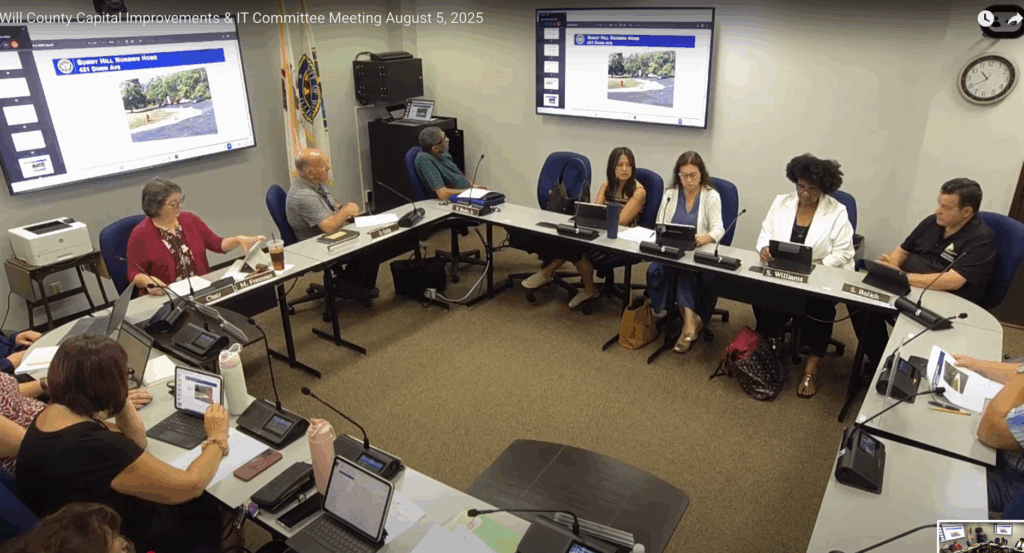
Board Confronts Animal Services Crowding, Explores Future Facility Options
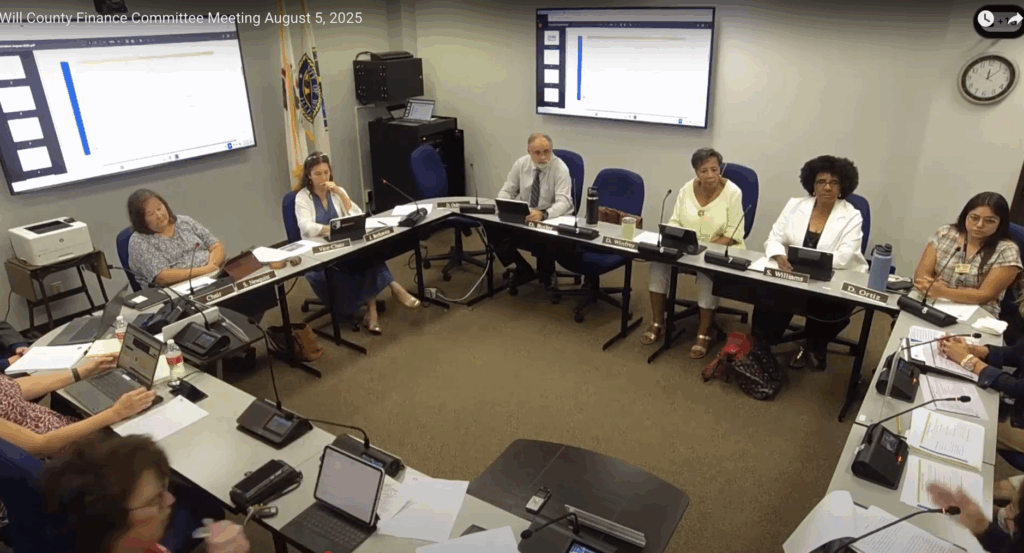
Will County Board Members Demand Transparency in Cannabis Tax Fund Allocation

Homer Glenn Residents Push Back on 143rd Street Widening as Officials Signal “Tentative Agreement”
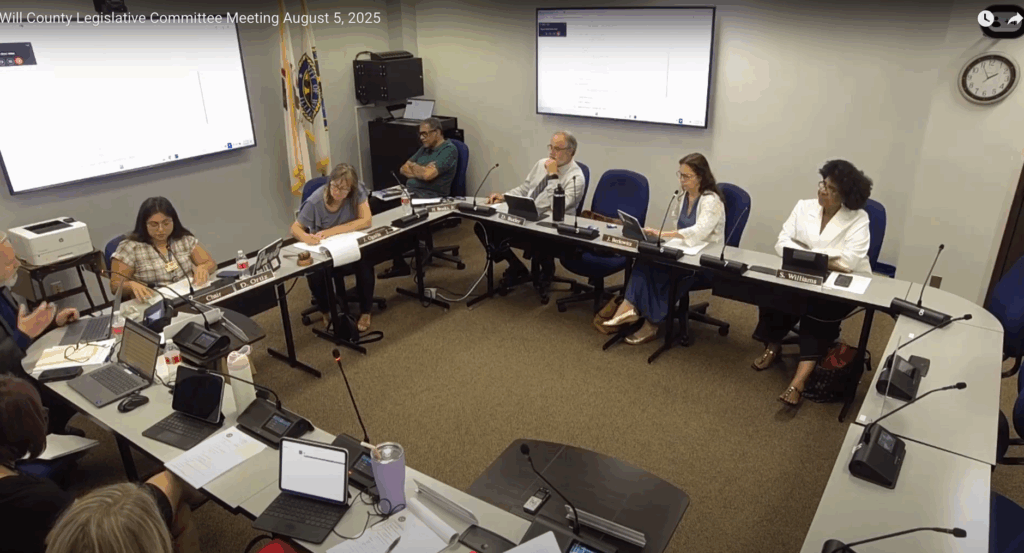
Will County Forges 2026 Federal Agenda Amid D.C. Policy Shifts, ‘Big Beautiful Bill’ Impacts
